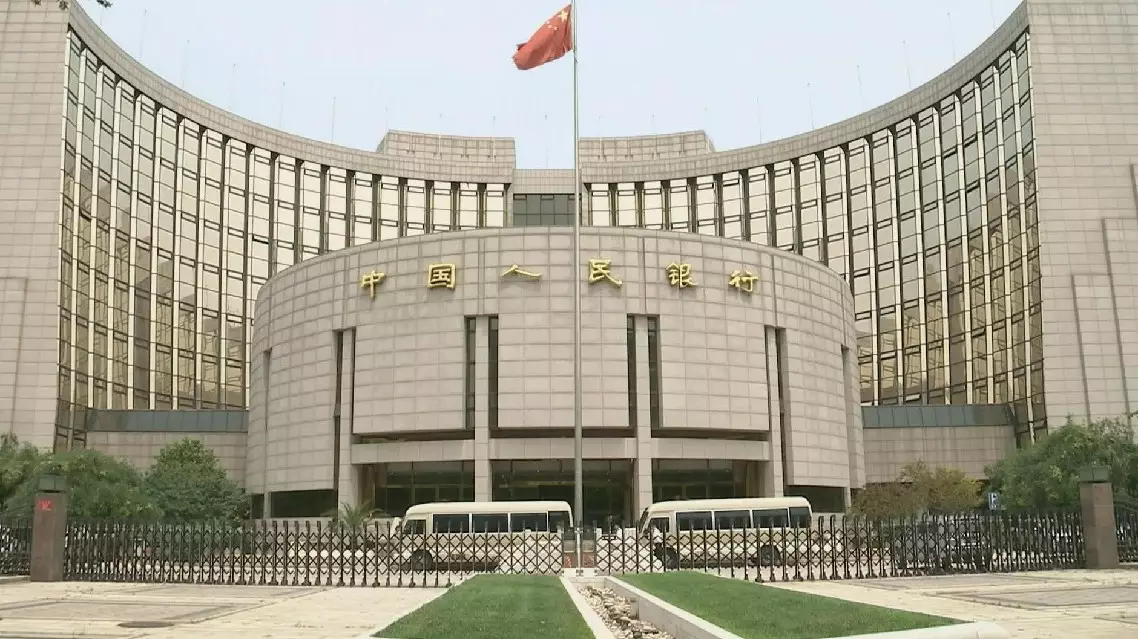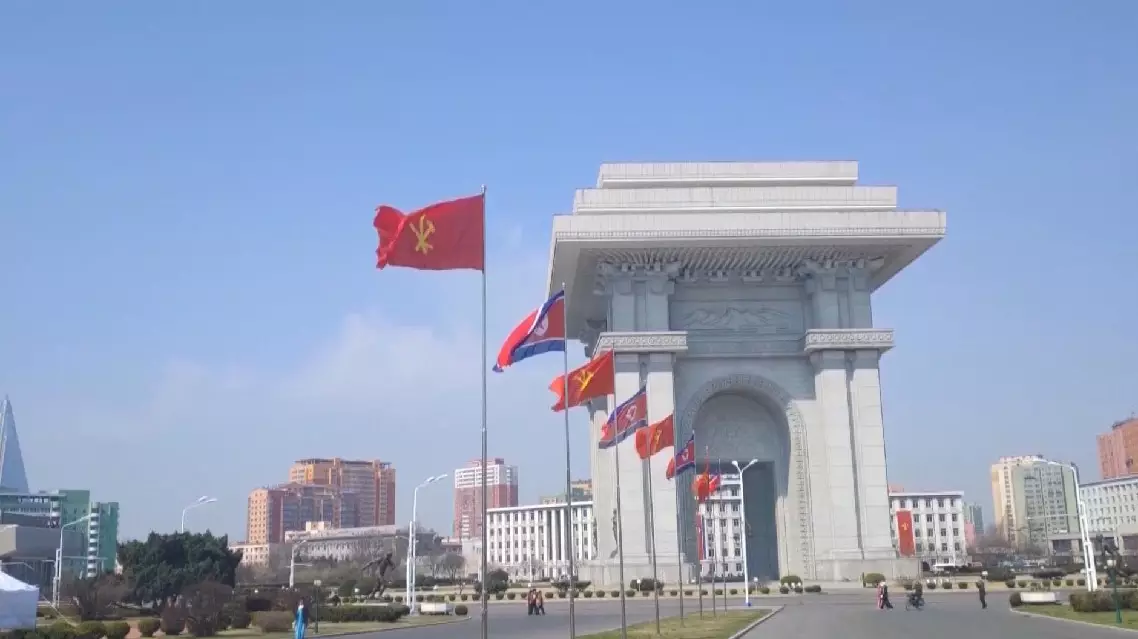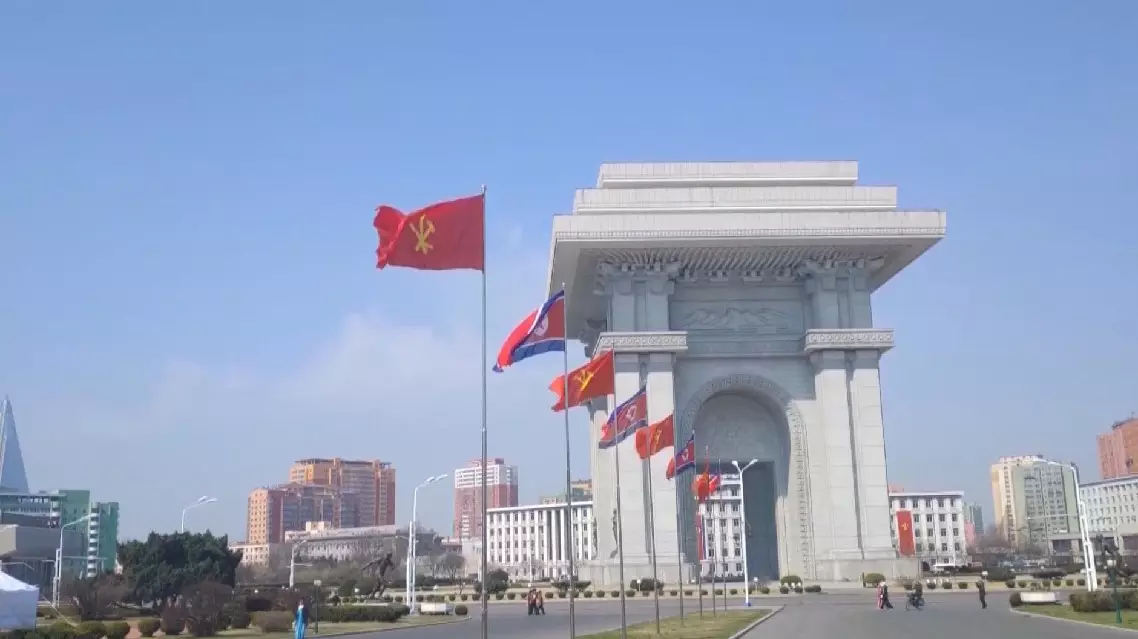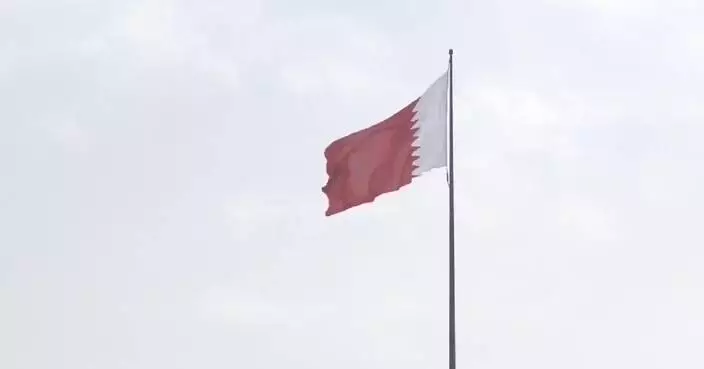China's central bank on Monday incorporated outright reverse repos, a new liquidity tool, into its monetary policy toolbox to keep liquidity reasonable and ample in the country's banking system.
A repo is a form of short-term borrowing in money markets, involving the purchase of bonds with an agreement to sell them back on a specified future date.
The People's Bank of China (PBOC) will use outright reverse repos to trade with primary dealers in open market operations, the bank said in a statement on its website, adding that outright reverse repos will be carried out once a month, with a tenor of no more than one year.
The new tool is regarded as a further enrichment of the country's monetary policy toolkit following the introduction of temporary repos, temporary reverse repos, and the buying and selling of treasury bonds.
The PBOC's liquidity toolkit mainly includes seven-day reverse repos and a one-year medium-term lending facility (MLF), as well as treasury bond purchases and reserve requirement ratio (RRR) cuts for injecting long-term liquidity.
The introduction of outright reverse repos fills a void in the PBOC's liquidity toolbox, analysts say.
"There used to be a lack of liquidity tools for short and medium periods ranging from one month to one year. The central bank's introduction of outright reverse repos in addition to the existing tools is expected to cover maturities of three and six months, enhance the cross-cyclical adjustment ability of liquidity within one year, and further improve the refinement level of liquidity management," said Wen Bin, chief economist of the Minsheng Bank.
There will be 2.9 trillion yuan (about 406.69 billion U.S. dollars) of maturing in the MLF in November and December 2024 -- accounting for 40 percent of the current MLF balance, according to Wind data. This, coupled with other factors, may pose significant pressure to the banking system's liquidity at year-end. "The central bank's introduction of outright reverse repos at this point will help better offset the concentrated maturity of the MLF in the fourth quarter and maintain reasonable and ample liquidity at the end of the year, providing a favorable monetary and financial environment for stable economic growth," said Dong Ximiao, chief researcher of the Merchants Union Consumer Finance Company Limited.
Currently, the mainstream model of China's monetary market is pledged repos, where bonds used as collateral are frozen in the account of the fund borrowers and cannot circulate in the secondary market.
This is deemed not conducive to protecting the rights and interests of fund lenders in the event of a default or other extreme scenarios. Overseas investors, who are increasingly entering China's bond market, are more accustomed to outright repos, which are commonly used internationally.
The central bank's introduction of the new tool will help boost the development of the outright repo business, and enhance the liquidity, safety and internationalization level of China's interbank market, according to analysts.

Central bank introduces new liquidity tool










